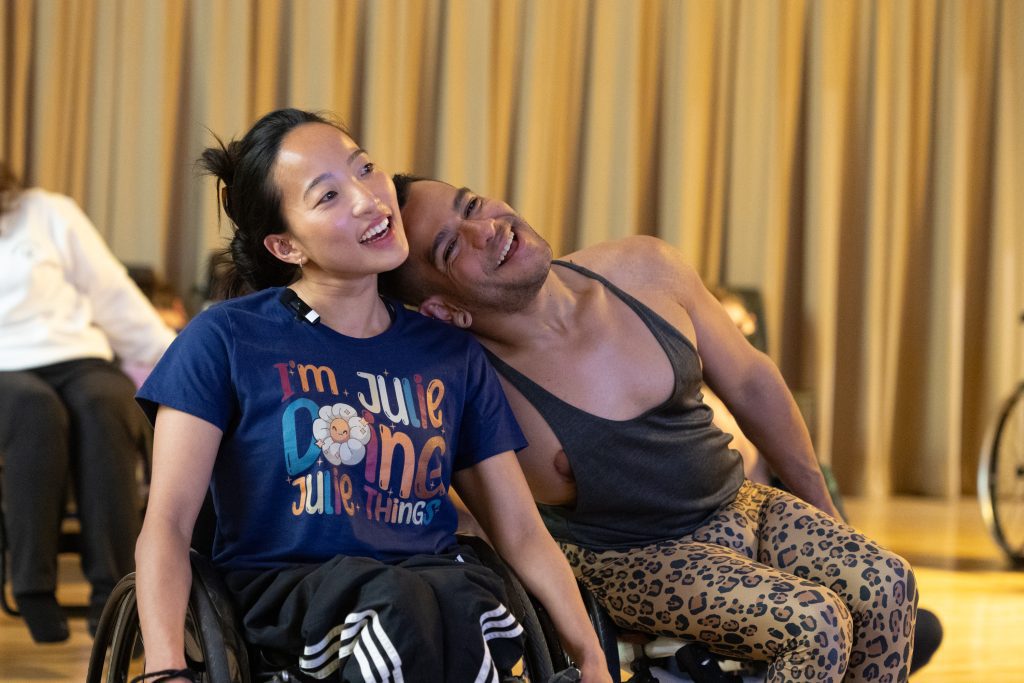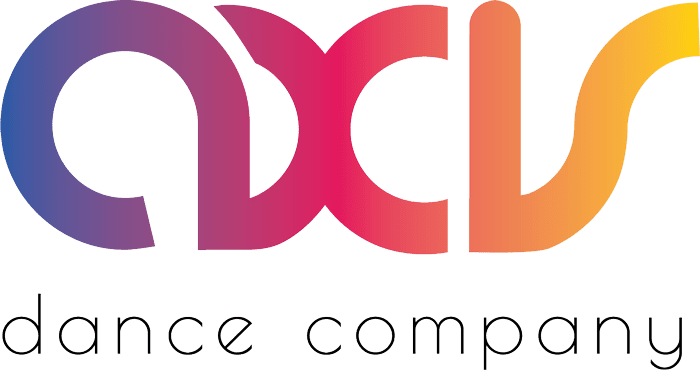The feeling that you were expected can be a hallmark of a good accessibility experience. But how do you do this? Inclusivity means responsibility, practice, and long-term commitments to growing and learning.
You will be balancing many kinds of access (for artists, for audience members, for partners, for staff), each with their own set of considerations. Sometimes, artists’ needs are overshadowed by audience considerations. Consider your space’s use for all the people who will be in it.

“According to the U.S Census Bureau, one-fifth of the U.S. population is disabled. Investing in accessibility is a surefire way for any small-scale arts organization to expand its viewership. It can include a wide variety of actions and policies from making a physical space wheelchair accessible and ensuring ASL interpretation for public events, to all-gender restrooms and sliding-scale ticketing. Prioritizing accessibility in arts spaces begins with asking oneself some basic questions: Who comes to our events? Why do those people come to our events? Who doesn’t come to our events? Why do those people not come to our events?”
Accessibility in the Arts: A Promise and a Practice – Carolyn Lazard
Questions
- Are your dressing rooms and backstage bathrooms accessible?
- Is the backstage area accessible?
- Are the pathways from stage and backstage to the front of house accessible?
- Have you communicated to artists about any security measures they need to pass through to enter your venue/space?
- Are there non-verbal cues for artists available to know when there is an emergency backstage?
- Are there people from different teams who need to collaborate to make sure access is being attended to for different people in your space?
- If you have locked doors, keypads, or other security features, do these technologies have access features? E.g., Braille buttons on a keypad
